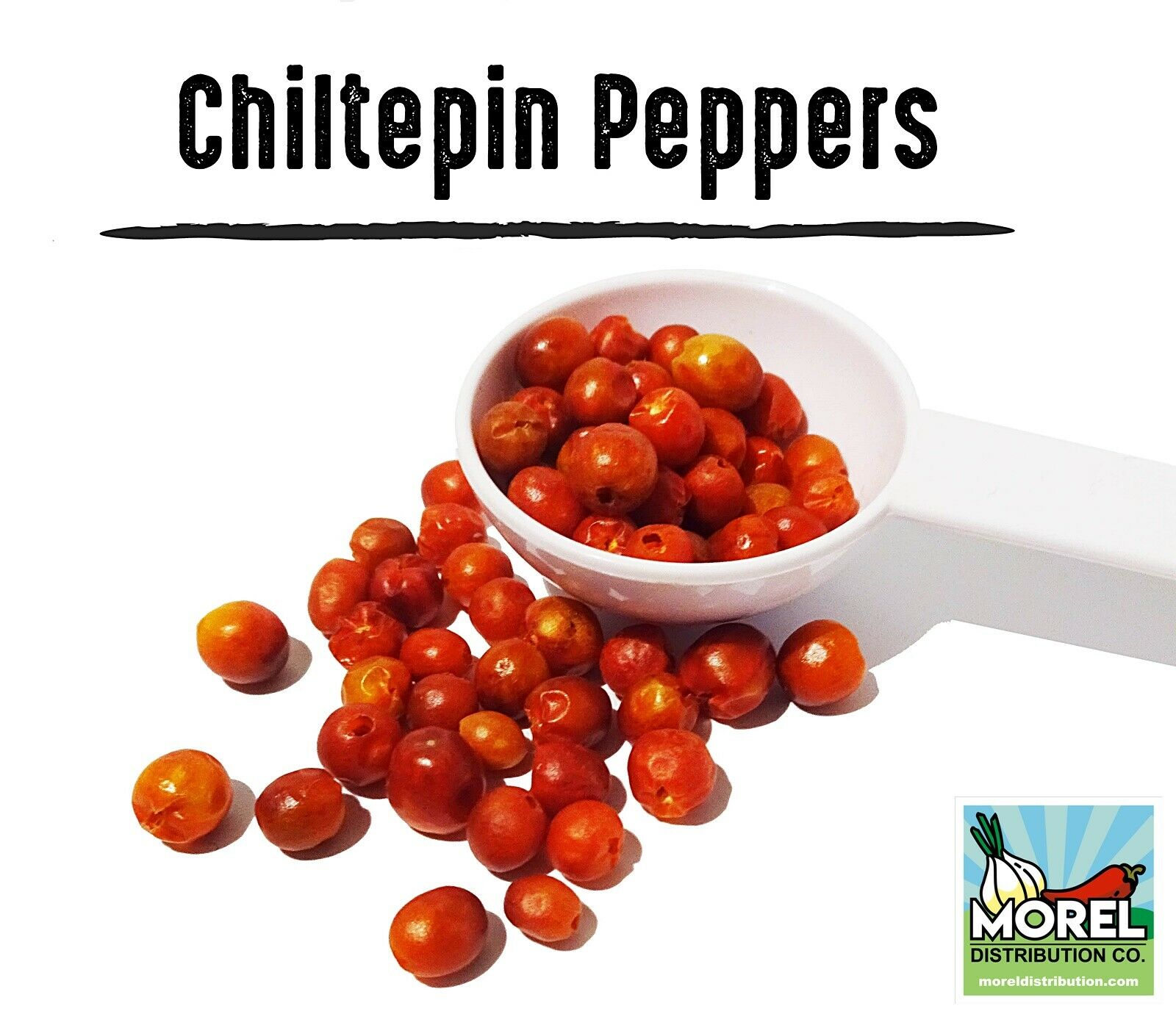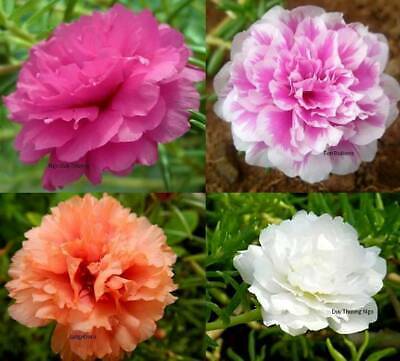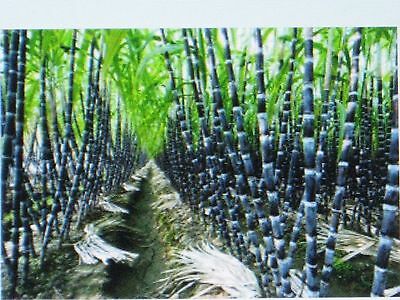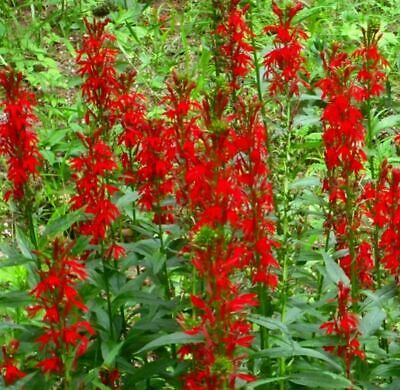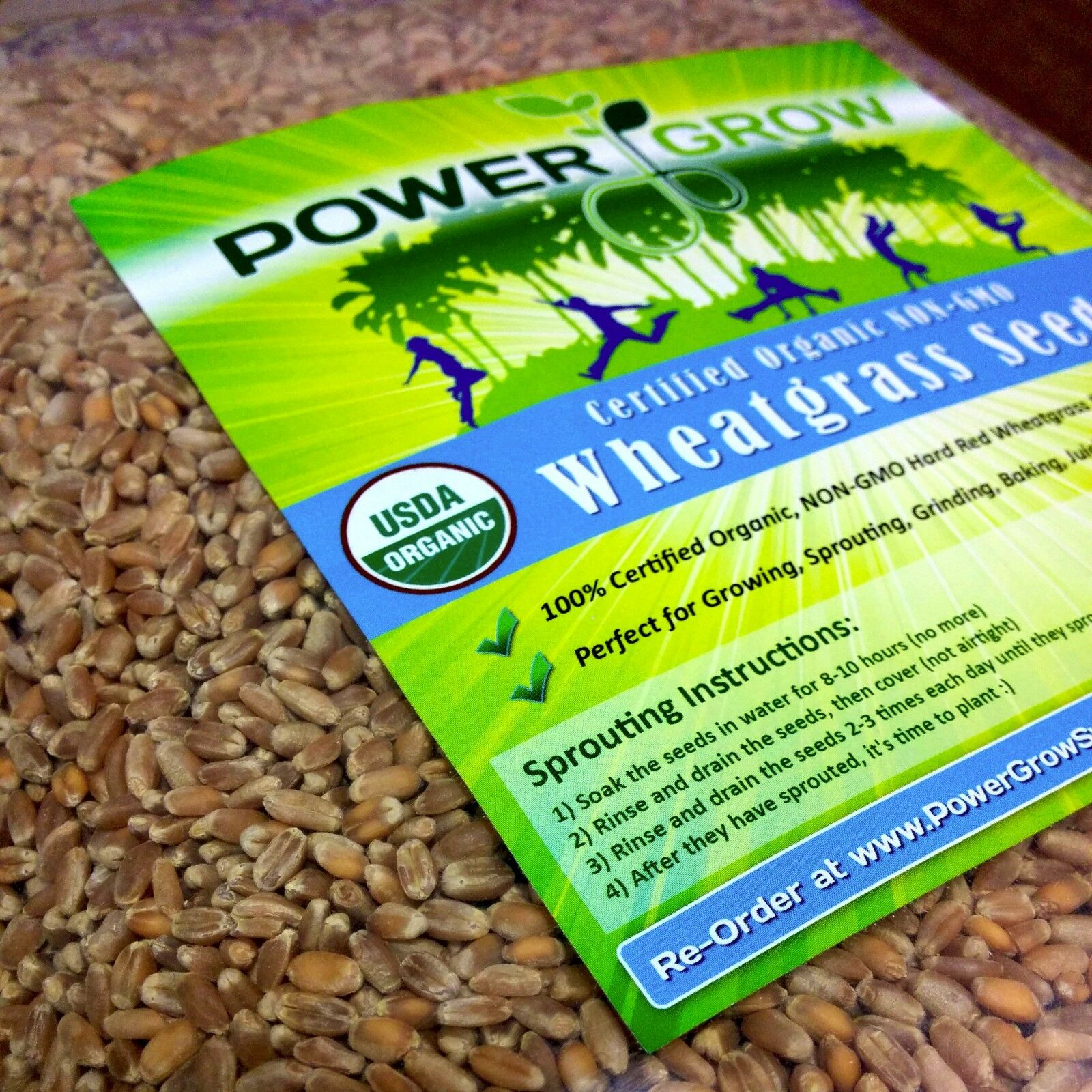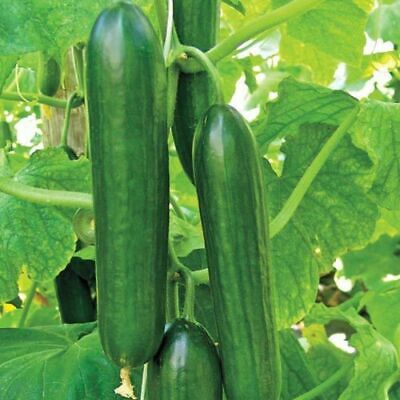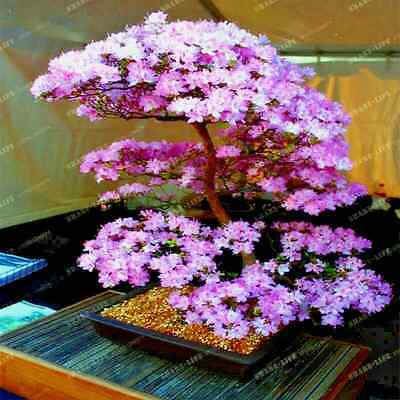-40%
Chiltepin Pepper Seeds (Chilli Seeds) Weights: 0.5 oz, 1 oz, 2 oz, 4 oz & 6 oz!
$ 3.95
- Description
- Size Guide
Description
Capsicum annuumvar.
glabriusculum
is a
variety
of
Capsicum annuum
that is native to southern
North America
and northern
South America. Common names include chiltepin,
chiltepe, and
chile tepin, as well as
turkey,
bird’s eye, or simply
bird
peppers, due to their consumption and spread by wild birds.
Chiltepin pepper seeds are a perennial
shrub
that usually grows to a height of around 1 m (3.3 ft), but sometimes reaches 3 m (9.8 ft) and in areas without hard frost in winter, plants can live 35-50 years. Thin fleshed, has a dry and dusty flavor and a searing transient heat. People consider Chiltepin chilli seeds to be hotter than Habanero! It is used to make the hottest salsas, or to add flavor to soups, stews, and vinegars.
We recommend to wash before consuming.
El
chiltepín
o chiltepe es un
chile
de la especie
Capsicum annum
utilizado en toda latino America, desde el norte de México hasta Sudamérica.
Es muy frecuentemente utilizado para hacer
salsas
o como condimento. En México se disfruta en platillos como el
menudo, el
pozole
o el
tapixte
en
Veracruz, así como cualquier tipo de sopas. También es usado en cocina de mariscos, por ejemplo molcajetes fríos o calientes. Su uso agrega un toque muy picoso a los platillos, sin hacerlos perder su sabor original que cualquier otro chile seco no lo logra.
El chiltepín generalmente se recolecta en estado silvestre cuando aún presenta una maduración incompleta, para posteriormente ponerse a secar, es común que en la zona rural forme parte del huerto familiar, junto con otras plantas de uso común.
Se recomienda lavar antes de consumir.
